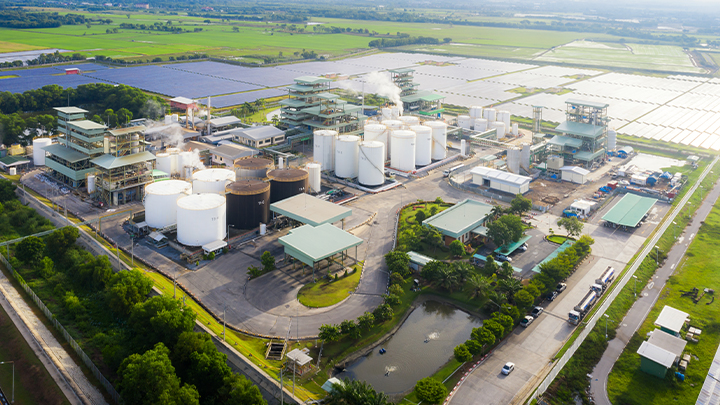Our expertise in CO2 handling
Hard-to-abate industries are trying to reduce their CO2 emissions, and MAN Energy Solutions can help. In the last three decades, we have gathered the necessary expertise and developed the best equipment. We understand the whole carbon value chain and lead the way in technologies for carbon capture, transport, utilization, and storage. It’s a complex field, with changing economic and regulatory frameworks, meaning each project needs a different, individual solution – and that is our strength. Our goal is for our CCUS solutions to prevent 5% of global carbon emissions.
Benefits of MAN CCUS
End-to-end experience for CCUS
In just over 30 years, MAN Energy Solutions has notched up more than 20 carbon compression projects in different sectors around the globe, including power generation, process industries, chemical plants, refineries, and cement factories. As well as point-source compression, we provide solutions for the other links in the CO2 value chain: capture, transport, storage, and utilization.


Capture
The most common way of capturing CO2 from industrial emissions is post-combustion capture from flue gases using chemical solvents such as amines. Implementing our carbon capture heat recovery (CCHR®) solution increases the energy efficiency of industrial processes. Most current industrial emissions can be captured like this. Amine absorption is a mature technology, and a retrofit doesn’t usually affect the existing process or require extensive changes. Pre-combustion capture and oxy-fuel capture require more extensive infrastructure investments. MAN Energy Solutions can provide electrically-driven compressor trains equipped with CCHR®. This innovative technology enables the utilization of waste heat from the CO2 compression process to generate steam, achieving energy efficiency and reducing the demand for external steam generation.
Compression
Compression is vital in all the links of the value chain: capture, liquefaction, transport by pipeline, injection for storage, and all forms of utilization. The choice of compressor design is therefore key. Integrally geared compressors, like the MAN RG, outperform inline designs in efficiency, intercooling, total number of impellers, flexibility for process extractions/side streams and inlet guide vane flow control. Unlike inline compressors, MAN RG compressors can also save energy and help cut emissions thanks to heat and torque recovery. In fact, MAN RG integrally geared compressors can reduce energy requirements by up to 50% through heat recovery and up to an additional 30% through expansion and torque recovery.
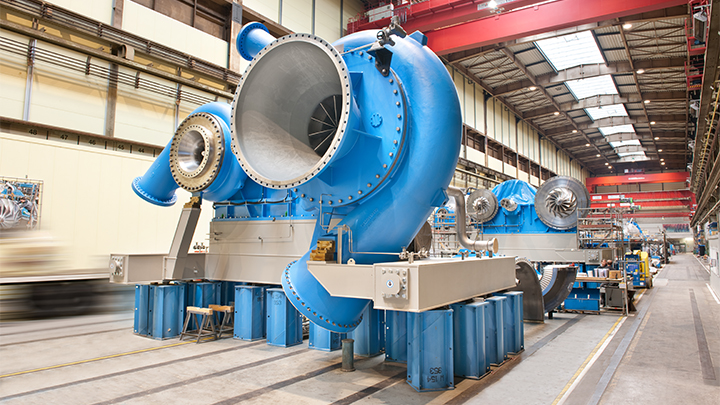
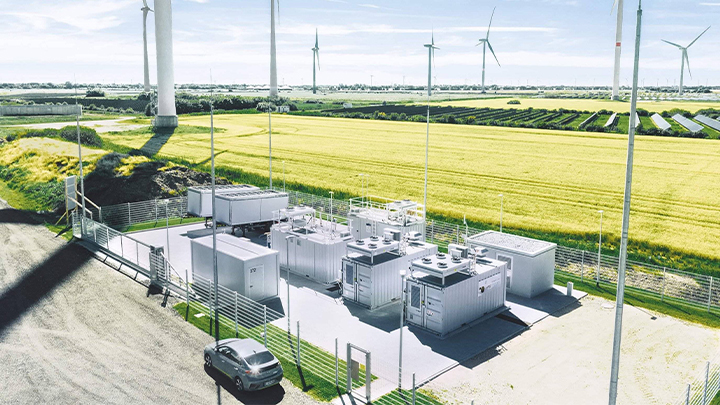
Utilization
Captured CO2 can be used as a feedstock in industrial or chemical processes to produce valuable products containing carbon. Developing these opportunities demands wide-ranging collaboration on a number of infrastructure questions. For example, CO2 can be used in the production of renewable fuels and chemicals using methanation, methanol synthesis and Fischer-Tropsch synthesis. CO2 is also used in enhanced oil recovery, in some building materials, and in food production. Not all utilization routes permanently remove CO2 and most require a lot of renewable energy.
Storage
Also known as sequestration, the storage of CO2 underground has been happening since the 1970s. It involves injecting the CO2 into deep underground geological reservoirs of porous rock such as saline aquifers, depleted oil and gas reservoirs, or rock formations with high concentrations of reactive calcium and magnesium ions to form stable carbonates. Geological storage must be at depths greater than 800 meters to retain the CO2 in a dense liquid state. This requires injection pressures typically between 130 and 250 bar.
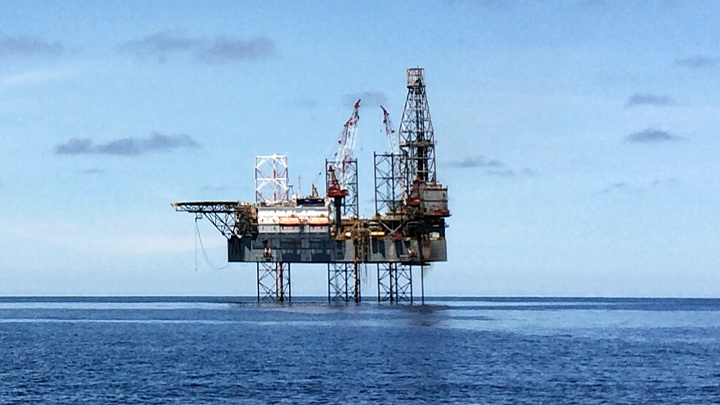
Download our white papers
Modular MAN CCUS

Modular MAN CCUS
This white paper describes how the carbon capture market is changing, explains the benefits of modularizing compression technology, and gives an overview of MAN CCUS products being used in the field.Efficient MAN CCUS
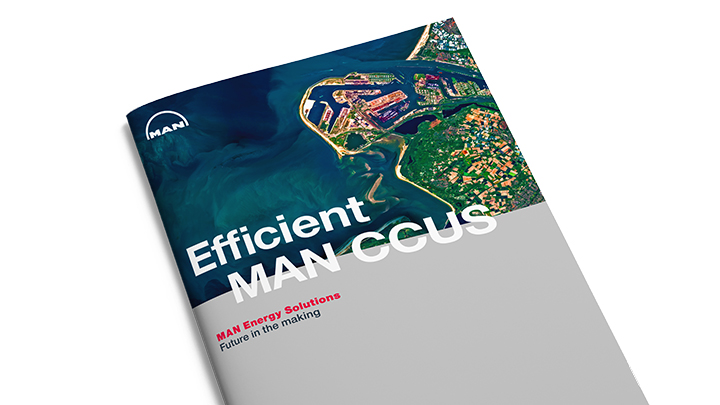
Efficient MAN CCUS
CCUS is an efficient way to decarbonize and couple sectors. Find out more about how industrial plants can integrate into a new energy infrastructure in our recent white paper.CO2 reduction toolbox

CO2 reduction toolbox
Technologies are available that reduce carbon dioxide emissions. Download our new white paper to find out more about these technologies and decide which one is suitable for your business. We do not have the luxury of waiting; our carbon budget is running out. We must act now. Decisively. RapidlyDownloads
Expert advice all along the CO2 value chain
Can your business benefit from CCUS? What kind of regulations or subsidies are available in your region? How can you integrate the best technology into your plant? What infrastructure, such as pipelines, can you use? Are there storage or utilization opportunities? Our experts can help you answer all these important questions. We’ll soon get you up and running on the carbon expressway.
Explore more topics
MAN Energy Solutions is now Everllence.
We have adopted a new brand name and moved to a new domain: www.everllence.com. This page will also be relocated there shortly. We are working on shifting all pages to www.everllence.com.

